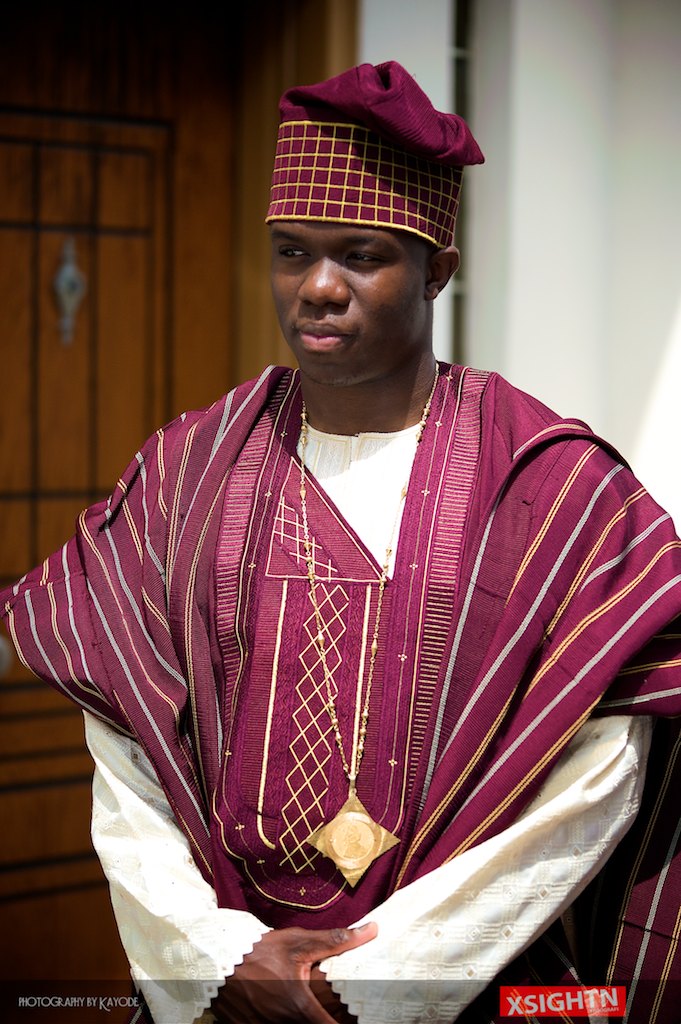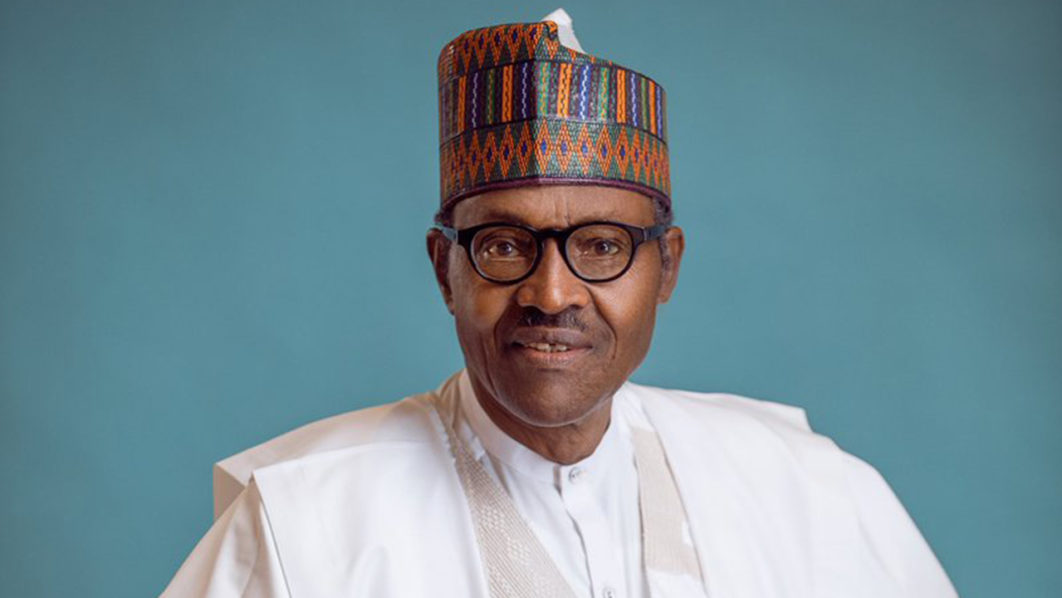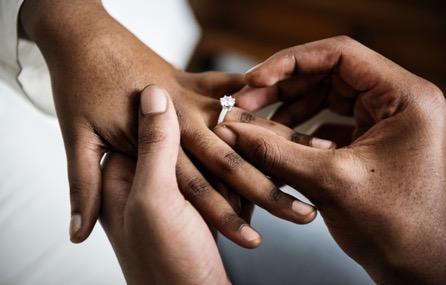
-
Register
All you need is a Jump.AFRICA account
With your Jump.AFRICA account, you can use all our services, current and future...
Register
Welcome to the Jump.AFRICA Community
- Login
- EN
Communities,Groups & Societies1 posts
The significance of caps in Nigerian men's traditional attire
Hats in conventional Nigerian clothing may have specific social importance or are just worn as an adornment.
Nigeria is a country with various societies, dialects, customs, and individuals, and out of the many, the powerful clans stay the Igbo, Yoruba, and Hausa-Fulani.
For quite a long time, many clans wore their novel conventional clothing and procured certain mark styles in which they dress. Nonetheless, with Western culture, Nigerian customary clothing types have been consigned to being worn during significant services and occasions.
Whatever the case, a portion of these traditional outfits are flanked by covers, which convey particular importance relying upon the way of life.
1. Igbo culture - Red Cap

Although the oval red cap and woolen cap are worn today by most men to finish their Igbo outfit, it is an image that is planned for high-positioning Igbo men from Eastern Nigeria.
The Igbo red cap is an image of power, custom, and culture and demonstrates a chieftaincy title's conferment. Men that wear this cap are typically tended to by "Nze," "Ichie," "Ozo," "Ogbuefi," and others.
The red shade of the covers is an image of fire, Agbala (the "Essence of God"), and is addressed in three forms: the oval cap, the woolen red-white-and-dark beenie, and the long red cap, for the most part, adorned with a hawk's quill. The latter is as yet held for profoundly regarded older folks in Igboland, like the ruler.
2. Yoruba clan - Fila

'Fila' is the Yoruba word for cap. Not at all like the Igbo covers, which are produced using fleece, Yoruba covers can be made using various kinds of material, for example, hand weaved Aso Oke texture, velvet, cotton, or damask. The fila don't have any conventional importance yet is instead used to supplement Yoruba local clothing types like Agbada, Ankara, etc. Numerous youngsters nowadays wear fila, Yoruba or not, when they go to weddings, and so forth.
There are various styles of the Fila.
Gobi style is the most well-known style of fila. It has a forward-looking improved plan yet can be looked to any bearing.
The Abeti Aja style signifies "like canine's ears," and it looks much the same as that. It is basic among both youngsters and older folks. The sharp edges of the cover and be styled to confront any course.
Kufi style is a straightforward fila, extremely regular with sovereignty and Muslim Yorubas.
The Awolowo cap was named after the incomparable Awolowo because it turned into his unmistakable hat, which he consistently wore. It would seem that the Igbo red cap, however, not exactly. This one can be worn in any material/shading.
3. Hausa - Fula

The Hausa covers are worn with Hausa Baban Riga or a straightforward local top and pants for ordinary trips or significant occasions. They are worn more frequently than different covers since they are worn on typical days.
Produced using different textures like cotton, Mud Cloth, Kente, Aso Oke, African Print, Linen, Hayes, Damask, Velvet, Leather, and so on, the covers are generally well known for their fascinating weaving.
4 . Akwa Ibom/Cross River - Embroidered covers
The Akwa Ibom/Cross River conventional clothing for men is rich and complex. It is likewise one that stands out when appropriately worn. The cap is generally made out of smooth material that matches or ties together the entire outfit. It is given extremely exquisite and lovely weaving, which could be light or hefty, contingent upon the outfit.
5 . Niger Delta individuals - South-South Cap/Top cap

Men from places like Bayelsa, Rivers, Delta wear the basic South-South outfits for significant occasions or excursions and top them off with formal hats or thick fedoras. This has become a mark dress installation for the Niger Delta man.
Try not to miss a thing; click here for updates to fuel your discussion on Nigerian articles every day.
 Back
Back
 Home
Home







